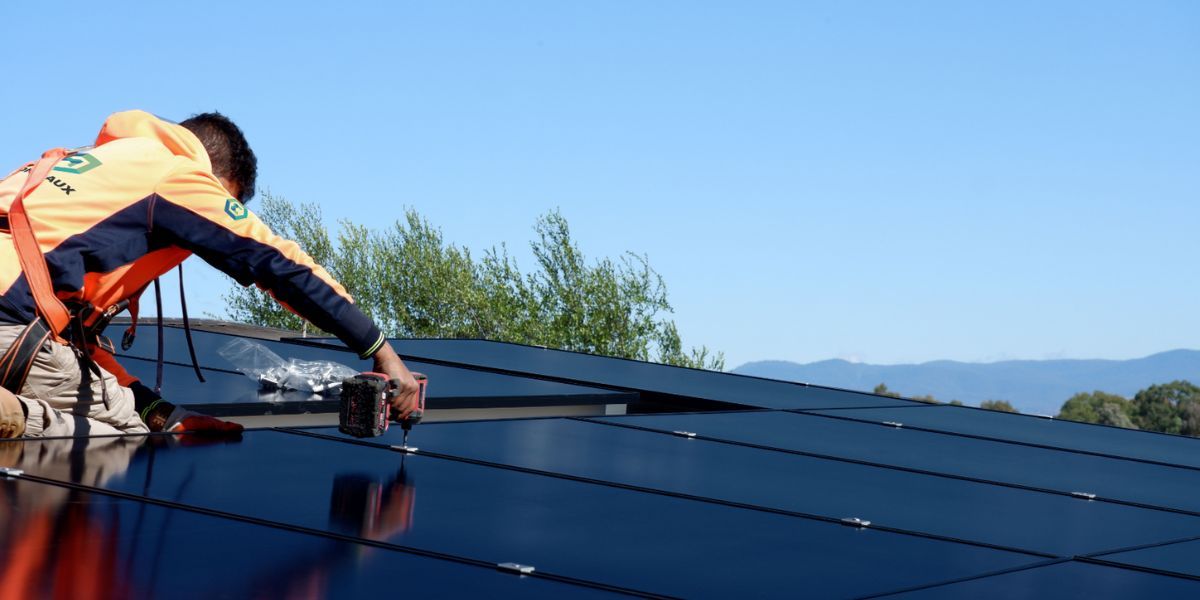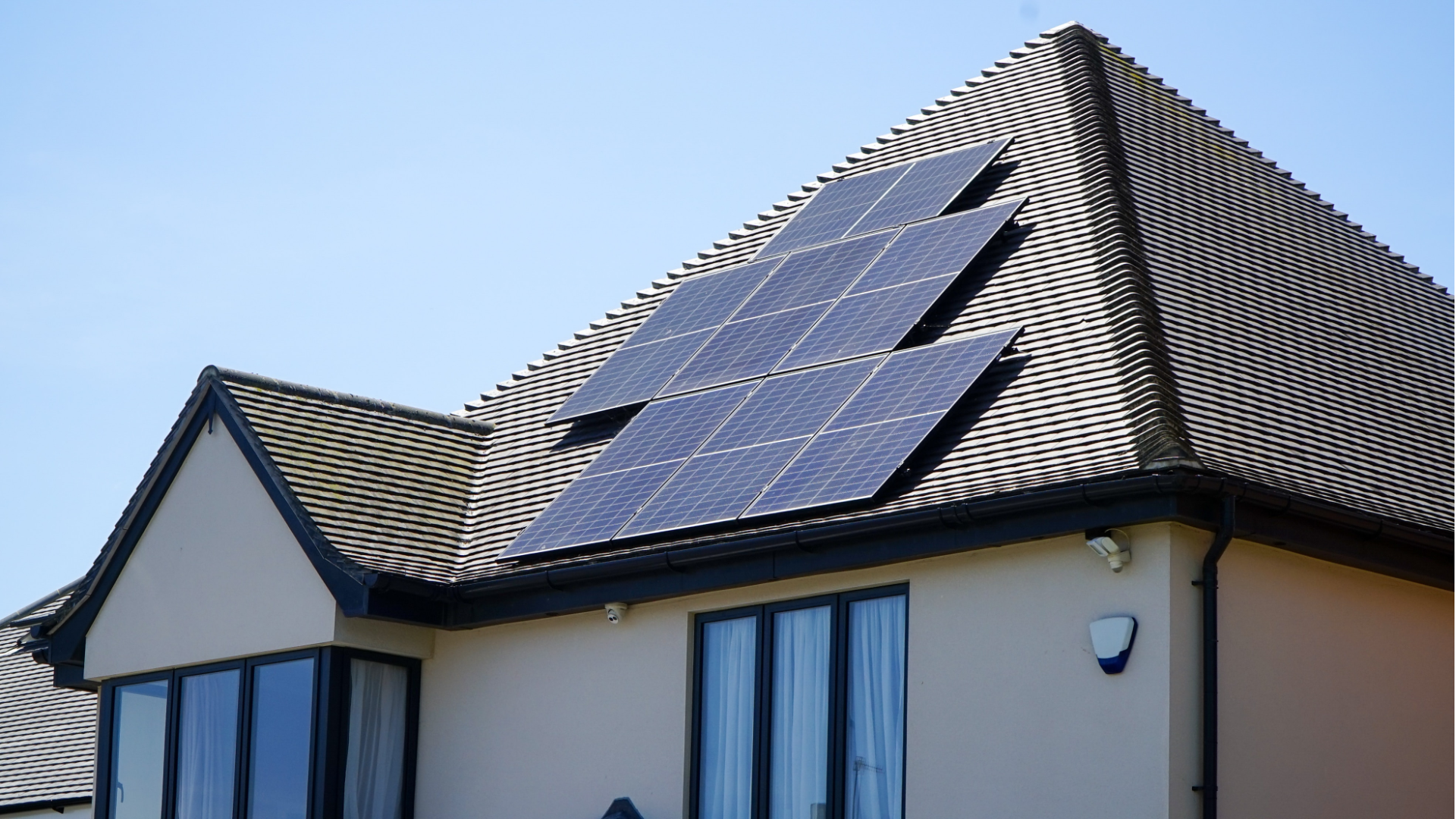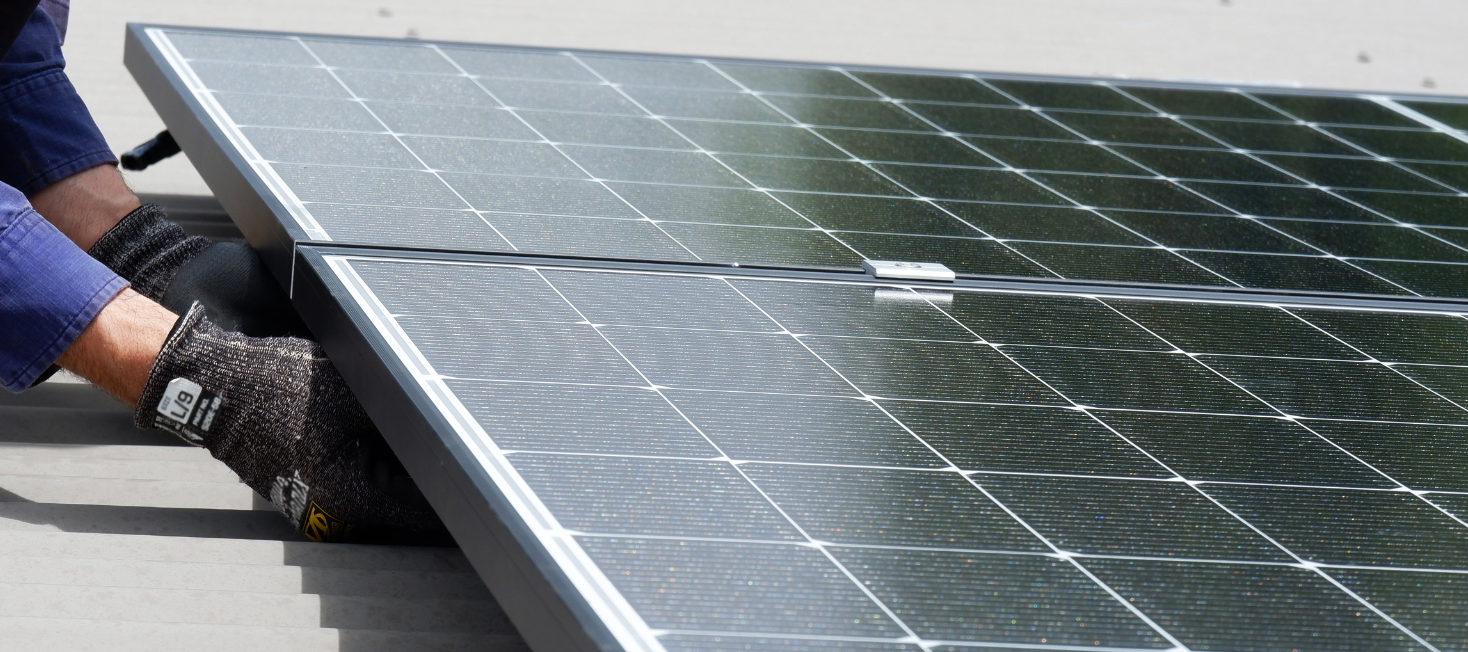Frequently Asked Questions for Sustainable Household Scheme
The ACT government’s Sustainable Household Scheme is a fantastic endeavor to make solar accessible to everyone. However, there are a lot of questions about this plan. The following are some frequently asked questions that can assist you in learning more about the scheme.
1. Who can I contact to get the loan?
The government has accredited suppliers in the market who can assist you in obtaining the loan. For instance, it can be found on government portals as well as company websites.
Mondiaux is a government-approved supplier. So, you only have to contact our team, and we will do the rest of the work for you.
2. How can I apply for the loan?
You need to contact any government accredited company to apply for the loan for you. Mondiaux has helped many of its customers to get a loan using the sustainable household scheme.
Moreover, the first step for the customer is to finalize the quote with Mondiaux. Afterward, we refer the customer to the loan provider. The loan provider then contacts the customer to finalize the application.
3. What type of products can I purchase through the scheme?
From solar and battery storage to electric heating & cooling systems, the ACT Sustainable Househouse Hold Energy Scheme gives you a range of options to make your home more sustainable. (Solar, Battery, EV Charger, reverse-cycle air-con, solar hot water, heat pump, electrical cooktop, EV).
Energy generation, storage, and EV charging (Category A)
- Household rooftop solar PV systems
- Household battery storage systems
- Electric Vehicle (EV) charging infrastructure
Replacement of gas or inefficient electric appliances (Category B)
- Electric heating & cooling systems – reverse cycle
- Hot Water Heat Pumps (HWHP)
- Efficient electric stovetops
Electric vehicles (Category C)
- New and used
You can visit Brigthe’s or Act government’s website to get more details.
4. Am I eligible for the scheme?
Eligibility requirements are unique to each category. But to help you navigate the ins and outs of the scheme, the ACT government has put together guidelines that cover the eligibility requirements for each category. Over the scheme’s life, each individual can borrow up to $15000, and this is total for all the categories. The value for the minimum loan application is $2000. The property for which the loan is required should either be a unit titled property or a standalone residence. Subsequently, you can further check our blog’s requirements that explain the sustainable household scheme.
5. How much money can I save with the solar system to use my savings to pay off the loan?
Savings depends on your household consumption and the system which you install. In addition, you can check our savings calculator to check your savings.
6. Is Mondiaux a government-approved supplier for loan attainment?
Mondiaux is a government-approved supplier. You can check our accreditations on our website. We have a very professional team that can help you with the attainment of the loan.
7. What extra charges Mondiaux will charge to get me the loan?
Mondiaux doesn’t charge any extra amount for helping its customers to get the loan.
8. Whom should we payback after the system is installed?
Brighte is a government chosen Sustainable Household Scheme’s loan provider. After the installation, the company receives full payment through Brighte, and the customer has to pay Brighte in installments afterward.
9. Can I accelerate the repayment terms by paying more or pay-off all at once?
Yes, you can accelerate the repayment terms by paying more or pay-off all at once.
Share Post





